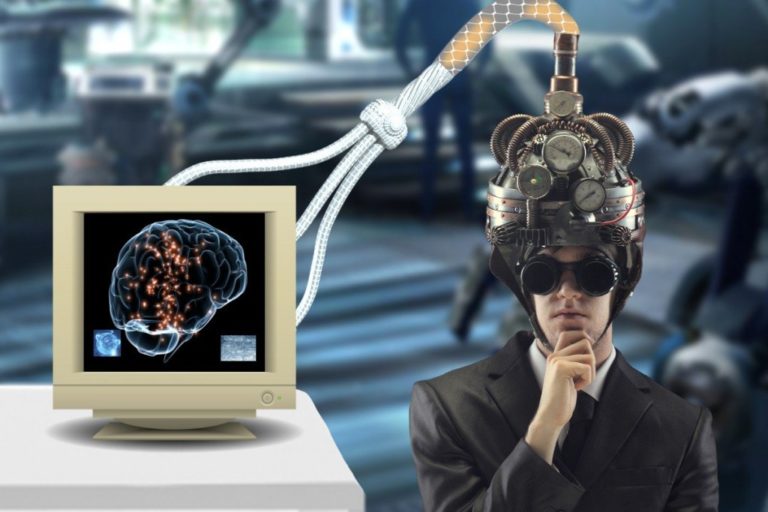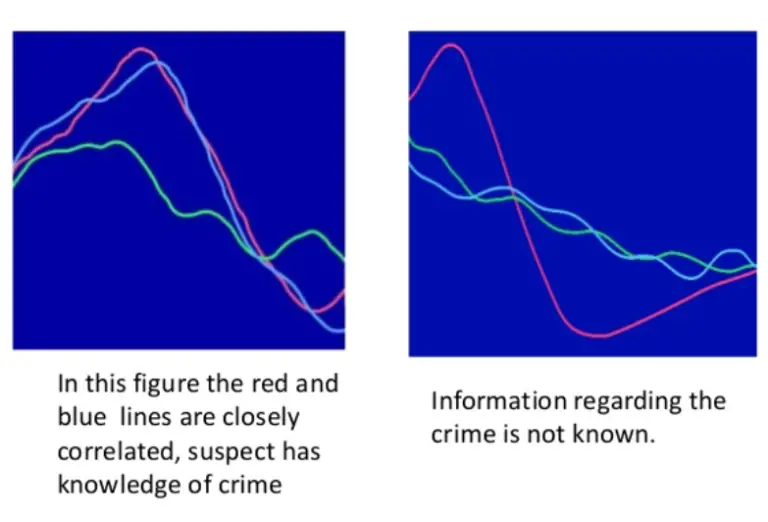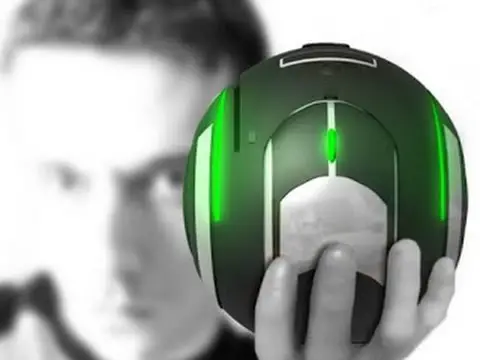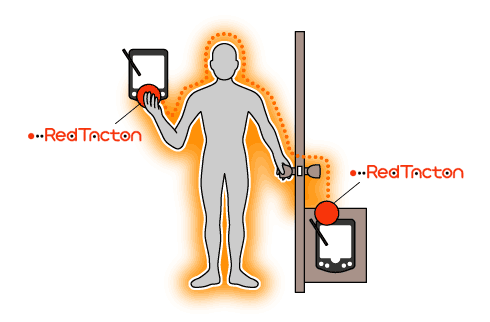5 Pen PC Technology
Although 5 Pen PC Technology developed years ago, still many don’t know a word about it. This article has been curated from other sources and is published to help others by sharing knowledge.
In the modern world, communication technology is rapidly increasing, and computers are the prime source of communication. Since it’s development, many kinds of research are conducted to make the technology more and more compact.
Furthermore, we cannot carry computers everywhere, so this 5 Pen PC technology came into an introduction. Also, at that computers were too heavy and bulky and same with that of laptops. Japan launched 5 Pen PC technology in the year 2003 to make your computer work possible anytime, anywhere.
Let’s talk about the technology in detail.
What is 5 Pen PC Technology?

5 Pen PC is also known as P-ISM (Pen Style Personal Networking Gadget) created in 2003 as a stage of NEC, a Japan-based technology company. The technology consists of 5 digital pens with different working.
In simple words, these are the computers in the shape of pens when joined together makes a virtual computer. Besides, each pen has a different working, and they are more compatible than a phone.
All the pens are combined and connected with wireless technology. Also, the whole set of pens connects to the internet through with the help of cellular phone function.
The pen style of structure displays to monitor and keyboard on any flat surfaces. One needs to combine and connect all the pens, and it allows us to carry out the functions we do on computers.
How does it Work?

The 5 Pen PC technology comprises of five primary functions including a CPU pen for the functioning of computing engine — a communication pen through which communication takes place via Bluetooth. Also, this communication pen works as a cell phone, pointer, and pressure-sensitive pointing device.
A display with an LED projector of A4 size to display monitor on a flat surface. It has a Projected virtual keyboard for the functioning of tasks with 3D IR sensor and a digital camera for video recording and video conferencing.
All these components are combined to obtain a virtual computing experience. The best part – all the pieces can be dismantled and separated, making it a portable device too.
5 Pen PC Technology Components
Now let’s talk about all the five components of P-ISM and their working in brief.
CPU Pen
The CPU pen gives the idea of a CPU in the computer. This pen performs all the functionalities of a CPU and is also known as a computing engine. Moreover, the CPU pen comprises of a dual-core processor and works with Windows Operating System.
Communication Pen
This pen induces on wireless technology (Bluetooth) for executing a communication. It stays connected to the internet via cellular phone function and exchanges information through a wireless connection.
LED Projector
This pen displays a monitor on a plan surface through an LED projector of A4 size. The projector displays a resolution capacity of 1024*768 pixels. Moreover, it gives the right quality image to the user.
Virtual Keyboard
One of the pens displays a virtual keyboard same on the flat surface, which is also known as a virtual laser keyboard. It emits the laser on the flat surface and using laser beams generates a full-size virtual keyboard.
Digital Camera
The digital camera is useful in video recording as well as video conferencing. The camera connects with other devices and provides 360-degree visual communication. Also, it is portable.
Battery
Without a battery, no device can work. The complete set of pens also consist of a battery small in size. It comes with the battery life of almost seven days.
Merits and Demerits
| Merits | Demerits |
| Portability | Costly |
| Feasibility | Currently unclear |
| Virtual Computer | Battery |
| Ubiquitous computing | Positioning |
| Wireless technology | – |
| Compact and small in size | – |
Conclusion
Nowadays, technologies are becoming smaller in size and more compact to handle and operate. Like in the case of 5 Pen PC technology, it is useful in many ways. It is portable, compact, digital, as well very easy to carry even in pockets. Ultimately, now you can do your routine work of PC on a virtual desktop without any hesitation. It can be taken everywhere and can work from anywhere.






